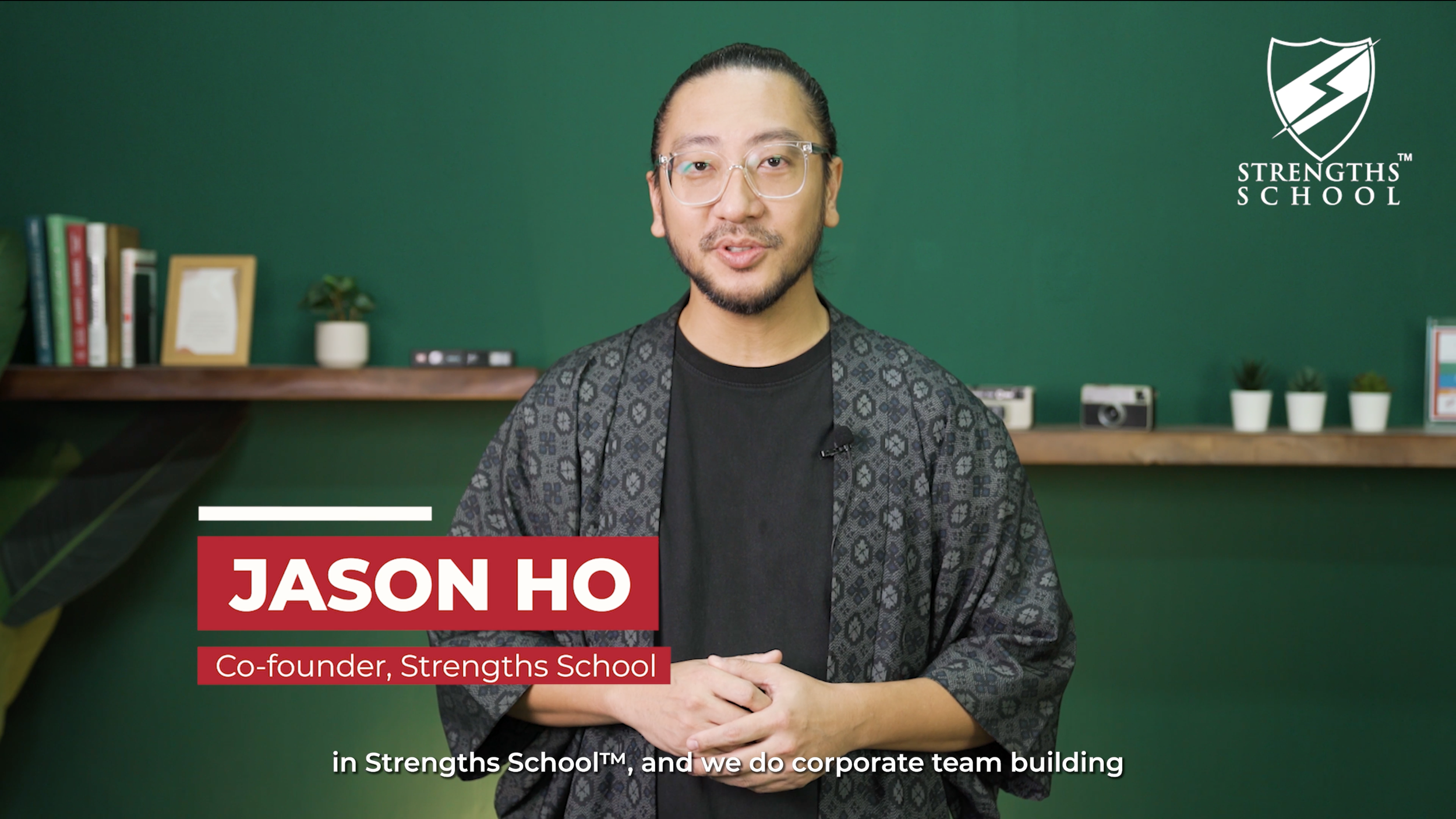Frequently Asked Questions
-
Our workshops are designed for teams as small as 5 pax, and we have also conducted sessions for up to 150 pax.
-
The best investment a company can make is in its people. We have different options that meet your budget requirements.
Please click here to find one that would suit your needs. -
We conduct in-person, hybrid, and virtual workshops, where the experience is customised to suit your needs.
-
We have the options of 1.5-hours, Half-Day (3.5-hour) and Full-Day (7-hour) workshops.
-
Newly formed teams who want to accelerate their transition from strangers to partners
Existing teams who want to maximise collaboration and performance
Teams who are dissatisfied with team-bonding activities that do not provide practical solutions for day-to-day challenges
-
Our clients come from all walks of life. Just like our staff. We believe everyone has a role to play and our inclusive culture empowers us to try new things, say what we mean, and make Strengths School a nurturing place to work in.
We endeavour to build solutions that work for everyone by including perspectives from backgrounds that are different by race, ethnicity, social background, religion, gender, age, sexual orientation, and national origin.


